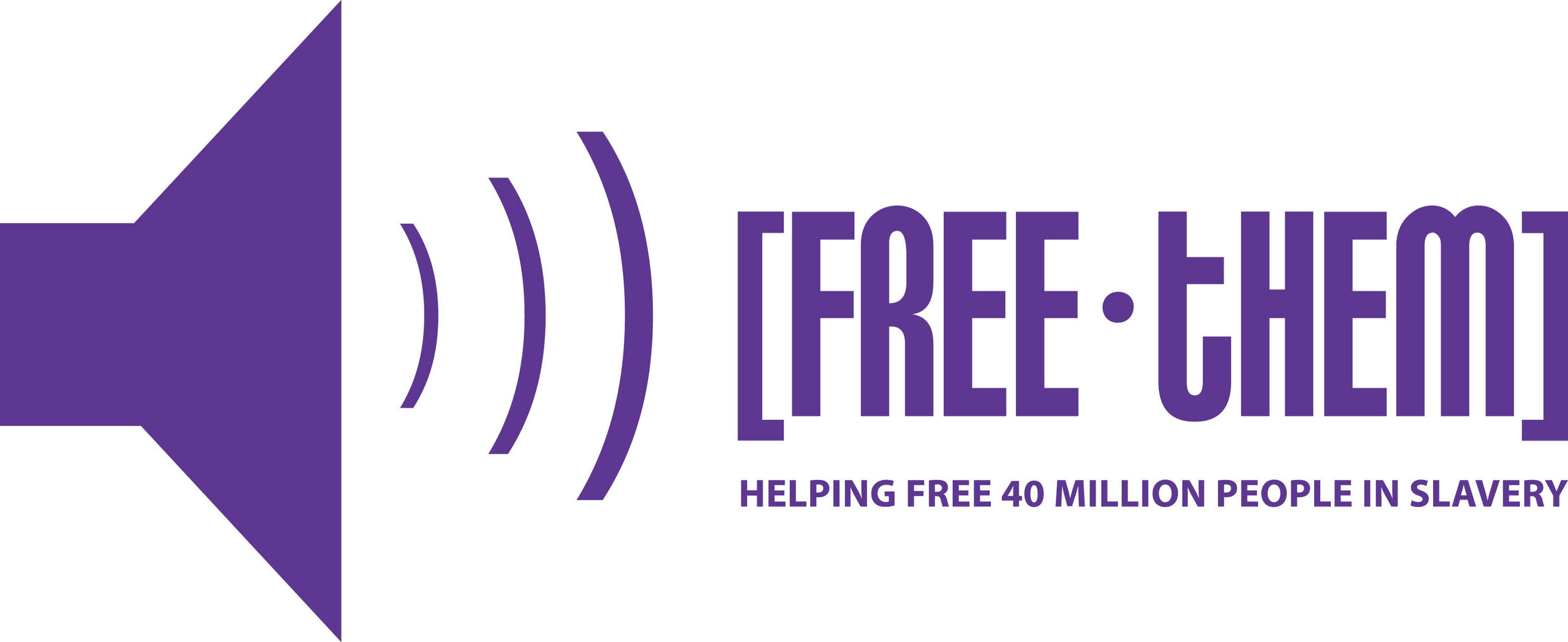Ontario’s Anti-Human Trafficking Strategy – Raising Awareness (Part 1 of 4)
If you think human trafficking is something you can ignore, it isn’t. The staggering statistics include the fact that 2.4 million people are trafficked each year worldwide. This horrific crime is not reserved for foreign lands, as we like to imagine, it takes place in Canada every day. The highest numbers reported to date were in 2016, with over 100,000 people trafficked in Canada; over half of the victims trafficked in Ontario. Government support and recognition has been slow to arrive. With the persistent efforts of several individuals and groups like Free Them, the governments and individuals can no longer ignore or deny the impact of this modern slavery. In early 2020, the Ontario government introduced legislation to, finally, address this dire situation.
2019: Hotline for Victims and Survivors
In May 2019, the Canadian Centre to End Human Trafficking, a non-government organization, opened a hotline to help victims and survivors. The hotline is open 24/7 365 days of the year and services over 200 languages. The helpline connects victims and survivors with authority figures and emergency shelters who can provide support; the hotline is 1-888-900-1010.
2020: Ontario’s New Anti-Human Trafficking Strategy
In March 2020, the government of Ontario released a new and comprehensive strategy to combat human trafficking at the Federal, Provincial, and Territorial levels. The new plan will include allocating $307 million over five-years (2020 – 2025), addressing four critical areas of concern. The monetary commitment is significant as it is an acknowledgment that this heinous crime is a nationwide problem, and it is happening in every neighbourhood, in most cases, unnoticed. Human trafficking does not discriminate against sex, age, or status, therefore the more we can educate the public about the signs, dangers, and ways to intercept recruitment, we will be united in the fight to prevent or stop human trafficking.
The government officials involved in the plan include Premier Doug Ford, Associate Minister of Children and Women’s Issues, Jill Dunlop, and Solicitor General Sylvia Jones. Premier Doug Ford expresses, "Human traffickers prey on the most vulnerable members of our society, our children. We must put an end to this disgusting industry and take immediate steps to keep our kids safe. Our new strategy takes strong and decisive action to support survivors, raise awareness, and give our police the tools and resources they need to put these criminals behind bars."
Premier Doug Ford expresses, "Human traffickers prey on the most vulnerable members of our society, our children. We must put an end to this disgusting industry and take immediate steps to keep our kids safe. Our new strategy takes strong and decisive action to support survivors, raise awareness, and give our police the tools and resources they need to put these criminals behind bars."
Four distinct areas will have funds and expertise allocated to support their initiatives. Each initiative is put in place to ensure the human trafficking remain a national priority and that it is on the agenda at the Provincial, Federal, and Territorial level.
The four distinct areas include:
Raising awareness
Holding offenders accountable
Protecting victims
Supporting survivors
As the plan is extensive, I will review and summarize each section of the strategy individually, starting with raising awareness.
#1 Raising Awareness
The awareness plan delivers extensive awareness and prevention measures. The initiative is targeted at youth and parents who are the most vulnerable in our society. The average age of recruitment into trafficking is the age of 13; therefore, early awareness is key to prevention and interception. The awareness initiative can be broken down into four actions:
A province wide marketing campaign will launch aimed at teens and parents. This campaign will review the dangers of trafficking, exploring a wide range of aspects used to recruit young girls and boys.
Partnerships across ministries to provide support in delivering training in sectors with a demonstrated need, such as social services and education. The training will include indigenous-specific components and culturally responsive and survivor-informed training.
Attention and resources for survivors have been identified as lacking; therefore, the funds will support increased awareness and training for survivors at Ontario’s emergency departments and Sexual Assault/Domestic Violence Treatment Centres.
The allocation of funds is a big step in recognizing that human trafficking is a national priority and will receive attention and be engaging at the Federal, Provincial and Territorial level. The topic will be discussed at the Status of Women and Ministers of Justice and Public Safety forums, as well as First Minister’s Meetings and the Council of the Federation.
The Goal of the program is to provide a collaborative response to human trafficking from police, first responders, and child protection services. The hope is working together will ensure Canadians are aware of the signs and intercept the process before it even begins.
In part 2 of 4, I will review and summarize the Holding Offenders Accountable section of the plan. To read more about Ontario’s new Anti-Human Trafficking Strategy, click here.
If you are or believe you have identified someone in a trafficking situation, you can take action. Call 911 immediately to notify local law enforcement. You may also call the human trafficking hotlines in Canada and the United States by dialling the numbers below. Both hotlines are open 24/7/365 days of the year and provide services in over 200 languages.
Canadian Human Trafficking Hotline
1-833-900-1010
United States Trafficking Hotline
1-888-373-7888


